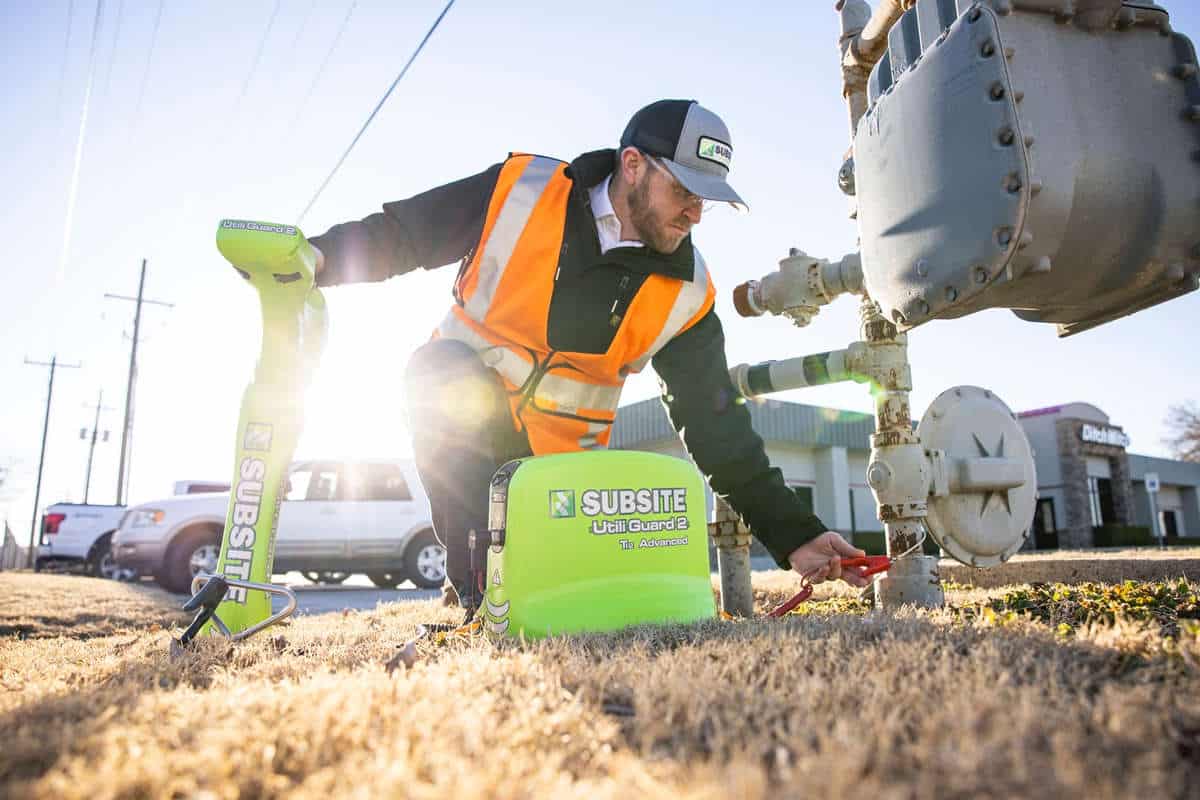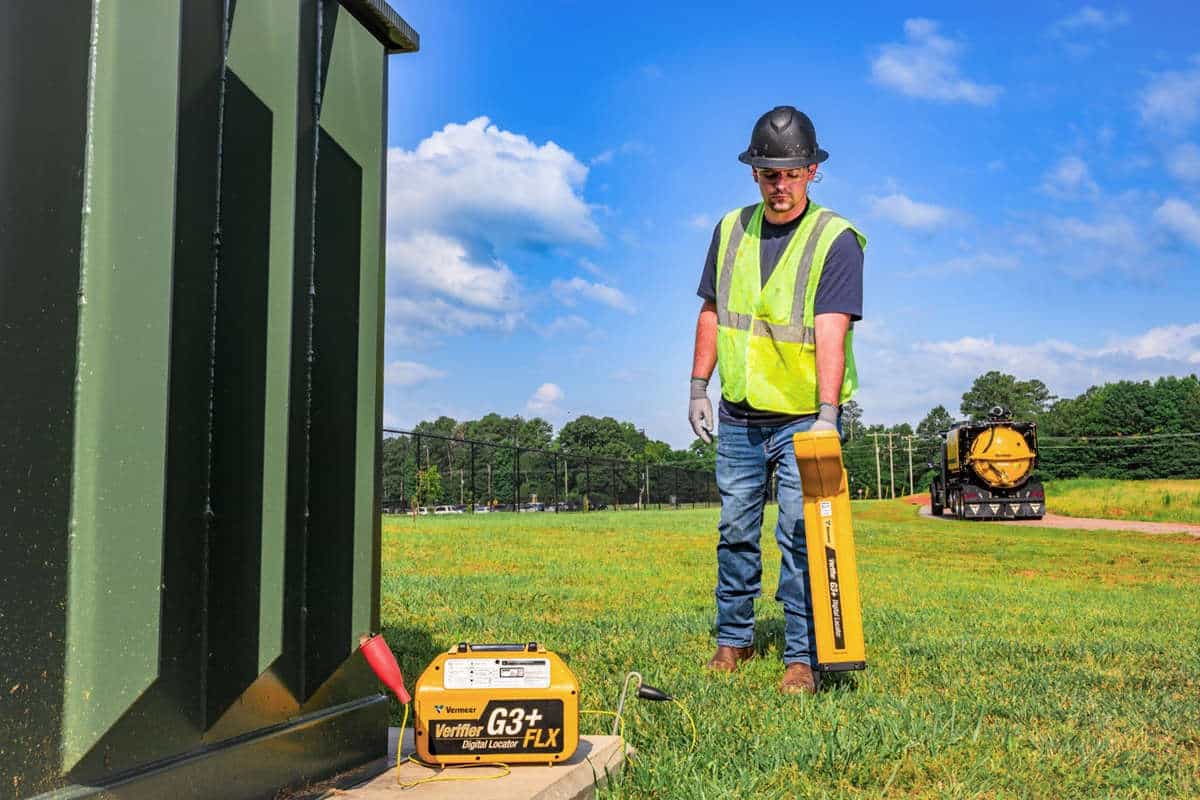Utility Locator Manufacturers Offer Purchasing and Operating Advice
 McLaughlin
McLaughlin
Cody Mecham, Regional Sales Manager
Purchasing Pointers: There are numerous locator brands and models on the market, so it’s important to pick a locator that best suits your needs. Different locator models will offer features — some that you may need to use all the time and others that you wouldn’t notice if they weren’t there. Determine your absolute requirements in terms of frequencies, powering methods and depth capabilities first. Then, move on to the “nice-to-have” features.
Using GPR: Ground penetrating radar (GPR) is a great technology for identifying all subsurface objects. Success with GPR varies greatly based on factors like soil types and operator experience. Generally speaking, GPR models require more locating experience.
Tips for Efficient Work: Check your work when you can. Continually check the quality and shape of your signal to confirm the data your locator is showing. If you are struggling with a locate, use every option for frequencies and power methods before giving up, even if they are not frequencies or power methods you would normally use in that scenario.
Ridgid
Eric Huber, Senior Product Manager for Locating
Purchasing Pointers: An operator is necessary to interpret a locator’s outputs to make real world decisions, so it’s essential to consider ease-of-use when choosing a locator. Some questions to ask are how much training does the operator need to use a locator effectively? Are there intuitive visual cues and is all the information on the display? Can the locator receive a signal from any line orientation, or only when it is perpendicular to the target line?
Using EM: Electromagnetic (EM) locators are extremely useful and accurate locating underground metallic pipe, wire or cable. For nonmetallic pipe (plastic gas or water lines) or fiber optics, there is usually the foresight to bury a simple metallic tracer-wire alongside to enable electromagnetic location. When no tracer wire is available, other methods must be used in order to utilize EM locating in non-metallic lines, such as sondes or metallic pushrods when working with accessible pipe.
Tips for Efficient Work: Sometimes electromagnetic locating requires troubleshooting to get a strong, symmetrical signal on a line. There are four things you can do with a transmitter to change the shape of the signal to locate it more effectively. The first is evaluate the grounding system and make sure any common grounds are un-bonded. The second is to change the transmitter from direct connect to inductive mode. The third is to move the transmitter to get better signal coupling. The fourth is to change the frequency used. In general, a higher frequency can bridge small resistances in the line, and a lower frequency can travel longer distances through ground.




